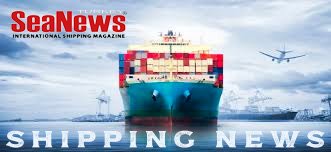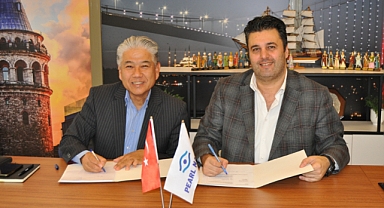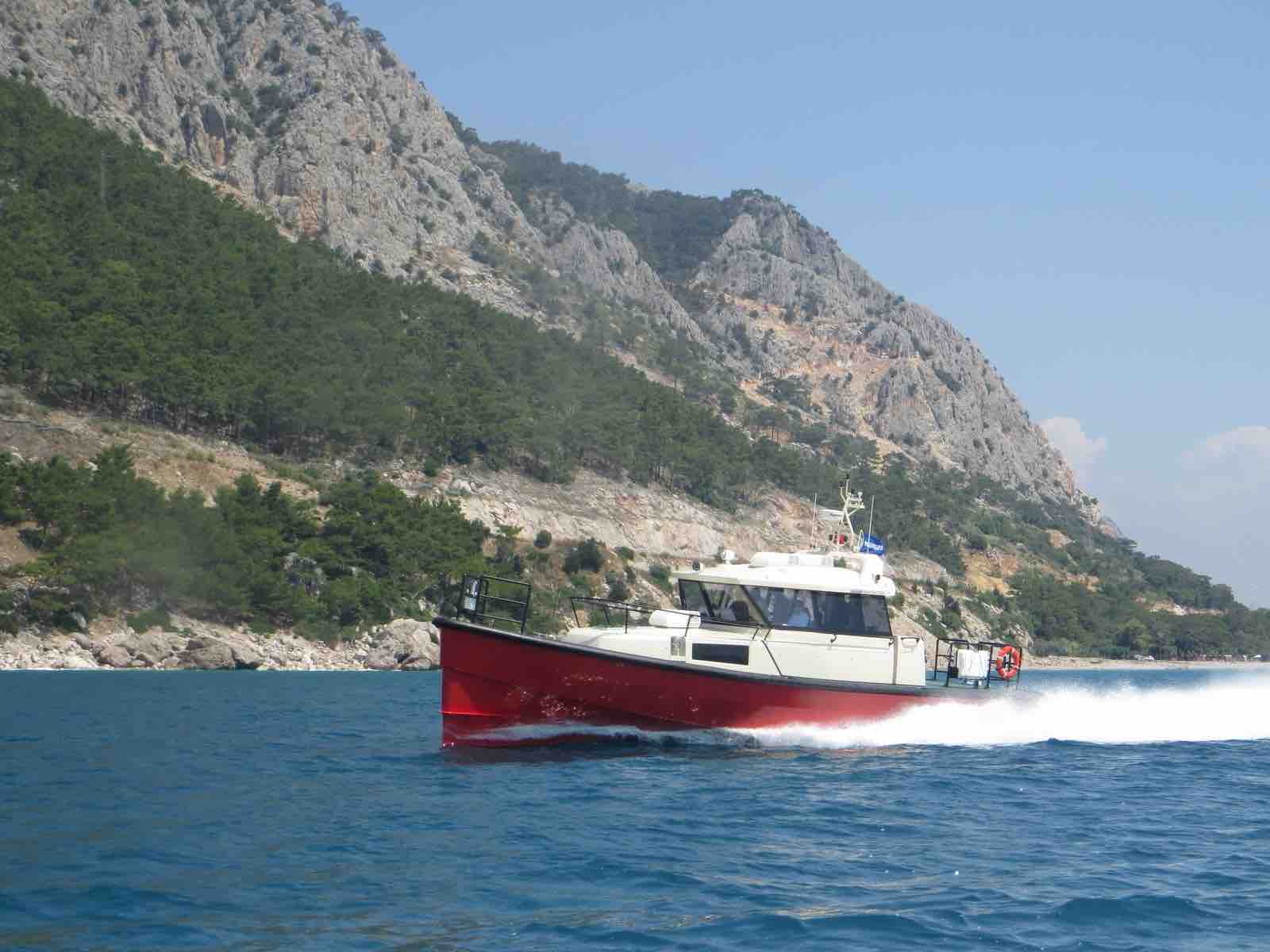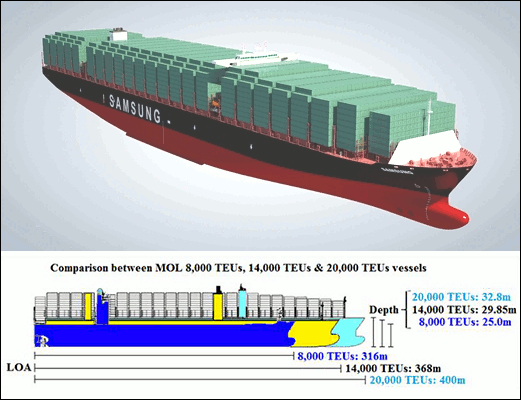TAKING advantage of soaring rates, shipowners have added 23 transpacific services between July 2020 and July 2021, boosting nominal capacity 33 per cent, reported London's Loadstar.
Alphaliner said that up to July, in terms of year-on-year transpacific capacity growth, MSC contributed 81.7 per cent, Maersk 50.4 per cent and the Ocean Alliance 38.6 per cent (Cosco and its subsidiary, OOCL, contributed 16.3 per cent).
This month, Maersk added two Asia-US west coast routes, while Cosco has added three transpacific services, SEAX, C3 and AWE6.
Citing Shanghai Shipping Exchange data, Loadstar said container capacity had increased in July to 24.77 million TEU globally and 4.88 million TEU on the Pacific trades after achieving 23.8 million TEU last year July with the transpacific accounting for 3.74 million TEU.
The data also shows vessels were diverted from services calling at India, Pakistan and the Persian Gulf to generate more transpacific capacity.
The three largest shipping alliances accounted for the largest growth in transpacific capacity, with the 2M alliance of Maersk Line and MSC adding 320,000 TEU from seven new service routes.
Liner operators not belonging to an alliance, including Wan Hai and China United (CU Lines), added 10 transpacific services, creating 250,000 TEU of new capacity.
Since August last year, MSC added three solo Asia-US west coast services, deploying 18 ships with a combined capacity of 180,000 TEU, while since this June, Maersk has, since June 2021, added 19 more vessels to its TPA, TPX and TP20 Pacific services, increasing capacity by 80,000 TEU.
The Ocean Alliance, comprising Cosco, CMA CGM and Evergreen, added a further 330,000 TEU from five new Pacific services.
While Evergreen has not launched solo transpacific services, it purchases slots on THE Alliance's EC6, which began in May, to offer more Asia-US east coast capacity.
In May, the 2M partnered Zim on the TP23 Asia-US east coast trade, assigning 10 ships with total capacity of 60,000 TEU.
Meanwhile, Shanghai Jin Jiang Shipping, a subsidiary of Shanghai International Port Group, joined the transpacific trade this month, working with CU Lines, adding two 1,700-TEU ships to the three vessels the latter operates on the Pacific.
However, it is important to note that all this is nominal vessel capacity, but with the congestion in ports and overwhelmed inland supply chains around the world, actual working capacity is reduced, as vessels are forced to wait long periods for berths.
For example, VesselsValue's AIS data shows 36 vessels at anchorage in San Pedro Bay, off Los Angeles and Long Beach ports - but the ships at anchorage in the 100 kilometre stretch offshore between Ningbo and Shanghai are too numerous to count.
SeaNews Turkey
Alphaliner said that up to July, in terms of year-on-year transpacific capacity growth, MSC contributed 81.7 per cent, Maersk 50.4 per cent and the Ocean Alliance 38.6 per cent (Cosco and its subsidiary, OOCL, contributed 16.3 per cent).
This month, Maersk added two Asia-US west coast routes, while Cosco has added three transpacific services, SEAX, C3 and AWE6.
Citing Shanghai Shipping Exchange data, Loadstar said container capacity had increased in July to 24.77 million TEU globally and 4.88 million TEU on the Pacific trades after achieving 23.8 million TEU last year July with the transpacific accounting for 3.74 million TEU.
The data also shows vessels were diverted from services calling at India, Pakistan and the Persian Gulf to generate more transpacific capacity.
The three largest shipping alliances accounted for the largest growth in transpacific capacity, with the 2M alliance of Maersk Line and MSC adding 320,000 TEU from seven new service routes.
Liner operators not belonging to an alliance, including Wan Hai and China United (CU Lines), added 10 transpacific services, creating 250,000 TEU of new capacity.
Since August last year, MSC added three solo Asia-US west coast services, deploying 18 ships with a combined capacity of 180,000 TEU, while since this June, Maersk has, since June 2021, added 19 more vessels to its TPA, TPX and TP20 Pacific services, increasing capacity by 80,000 TEU.
The Ocean Alliance, comprising Cosco, CMA CGM and Evergreen, added a further 330,000 TEU from five new Pacific services.
While Evergreen has not launched solo transpacific services, it purchases slots on THE Alliance's EC6, which began in May, to offer more Asia-US east coast capacity.
In May, the 2M partnered Zim on the TP23 Asia-US east coast trade, assigning 10 ships with total capacity of 60,000 TEU.
Meanwhile, Shanghai Jin Jiang Shipping, a subsidiary of Shanghai International Port Group, joined the transpacific trade this month, working with CU Lines, adding two 1,700-TEU ships to the three vessels the latter operates on the Pacific.
However, it is important to note that all this is nominal vessel capacity, but with the congestion in ports and overwhelmed inland supply chains around the world, actual working capacity is reduced, as vessels are forced to wait long periods for berths.
For example, VesselsValue's AIS data shows 36 vessels at anchorage in San Pedro Bay, off Los Angeles and Long Beach ports - but the ships at anchorage in the 100 kilometre stretch offshore between Ningbo and Shanghai are too numerous to count.
SeaNews Turkey









